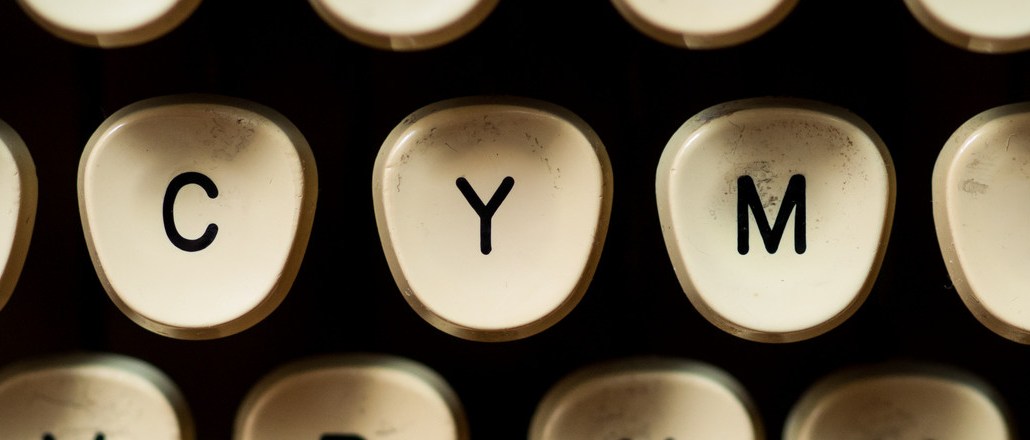Save 50% on a 3-month Digiday+ membership. Ends Dec 12.

Another week, another round of Donald Trump brand outrage. Under Armour celebrated the president’s pro-business stance — and its customers responded by burning their gear.
Meanwhile, social media platforms have a long history of stealing features from rival platforms — Instagram and Facebook have both cloned Snapchat several times over. Now publishers are borrowing from them too: Huffington Post with a new Snapchat-like embed and Washington Post with a new ad unit.
Finally, the crusade against fake news continues, with the BBC creating a lie-busting unit at the very heart of its newsroom. Here are some of our stronger stories this week:
The Trump effect on brands, Pt III
Under Armour is the latest brand to have the internet up in arms, thanks to CEO Kevin Plank’s enthusiastic endorsement of President Donald Trump. Plank was all praise for Trump in an interview with CNBC’s “Fast Money Halftime Report” on Tuesday, saying that his presidency was a “real asset” for Americans.
“He wants to build things. He wants to make bold decisions and be really decisive,” Plank said. “I’m a big fan of people that operate in the world of ‘publish and iterate’ versus ‘think, think, think, think, think’, so there’s a lot that I respect there.”
Unsurprisingly, the comments have triggered a social media backlash, with people going as far as to call “mass burnings” of the company’s garments across America. Brands including New Balance, Chobani and L.L. Bean among others have faced similar internet outrage due to their association with President Trump in recent months.
HuffPo, er, borrows from Snapchat
The Huffington Post is experimenting with its own version of Snapchat and Instagram Stories. The product, called “storybook,” will allow HuffPost to publish video- and photo-collages that users can swipe through. HuffPost decided to create the product after the success it saw on a 24-hour Snapchat Discover channel last year, which generated five times as many viewers as the daily audience for an average Discover channel.
“There were some things we were doing on Snapchat and Instagram — the storytelling mechanisms and animations that we can play with on those platforms — that we wanted to bring to readers on our owned and operated platform,” said Emily Ingram, senior product manager at The Huffington Post. “It’s eye-catching in a way that you might not otherwise find on our site.”
WashPo’s new ad format also borrows from social media
The Washington Post is taking a page from Facebook and Snapchat with a new branded content ad format. Post Cards breaks down the components of a branded content campaign into its different parts (slideshows, galleries, text, video) and presents the ad to users based on their consumption history on the site.
The product borrows from the social networks’ thinking differently about creative, the Post’s Jarrod Dicker said. “They know each user consumes content in a different way,” he said.
BBC vs fake news
The BBC is taking a stronger stance on fighting the online spread of misinformation, having launched a dedicated lie-debunking unit at the heart of its newsroom.
Currently, half a dozen people have been assigned to the team, and plans are afoot to double that, according to BBC News editorial director Jamie Angus. The new team’s set-up involves picking stories that aren’t verified or are masquerading as real news, and create in-depth text articles and videos, published under the Reality Check sub-brand and introduced by the BBC during the EU referendum when a Brexit-spooked readership’s faith in facts was tanking.
“The kind of questions we need to ask for Reality Check changes the workflow,” said Angus. “The question of what disputed matter can we get to the bottom of today, and how can the Reality Check format be a part of that has become a central news question in our morning conferences.”
More in Media

Meta enters AI licensing fray, striking deals with People Inc., USA Today Co. and more
The platform has secured seven multi-year deals with publishers including CNN, Fox News, People Inc., USA Today Co to incorporate their content into its large language model (LLM) Llama.

European publishers say the Digital Omnibus ‘cookie fix’ leaves them worse off
The European Union’s attempt at a legislative spring clean for Europe’s web of data privacy rules, has landed flat with publishers.

Digiday+ Research Subscription Index 2025: Subscription strategies from Bloomberg, The New York Times, Vox and others
Digiday’s third annual Subscription Index examines and measures publishers’ subscription strategies to identify common approaches and key tactics among Bloomberg, The New York Times, Vox and others.





